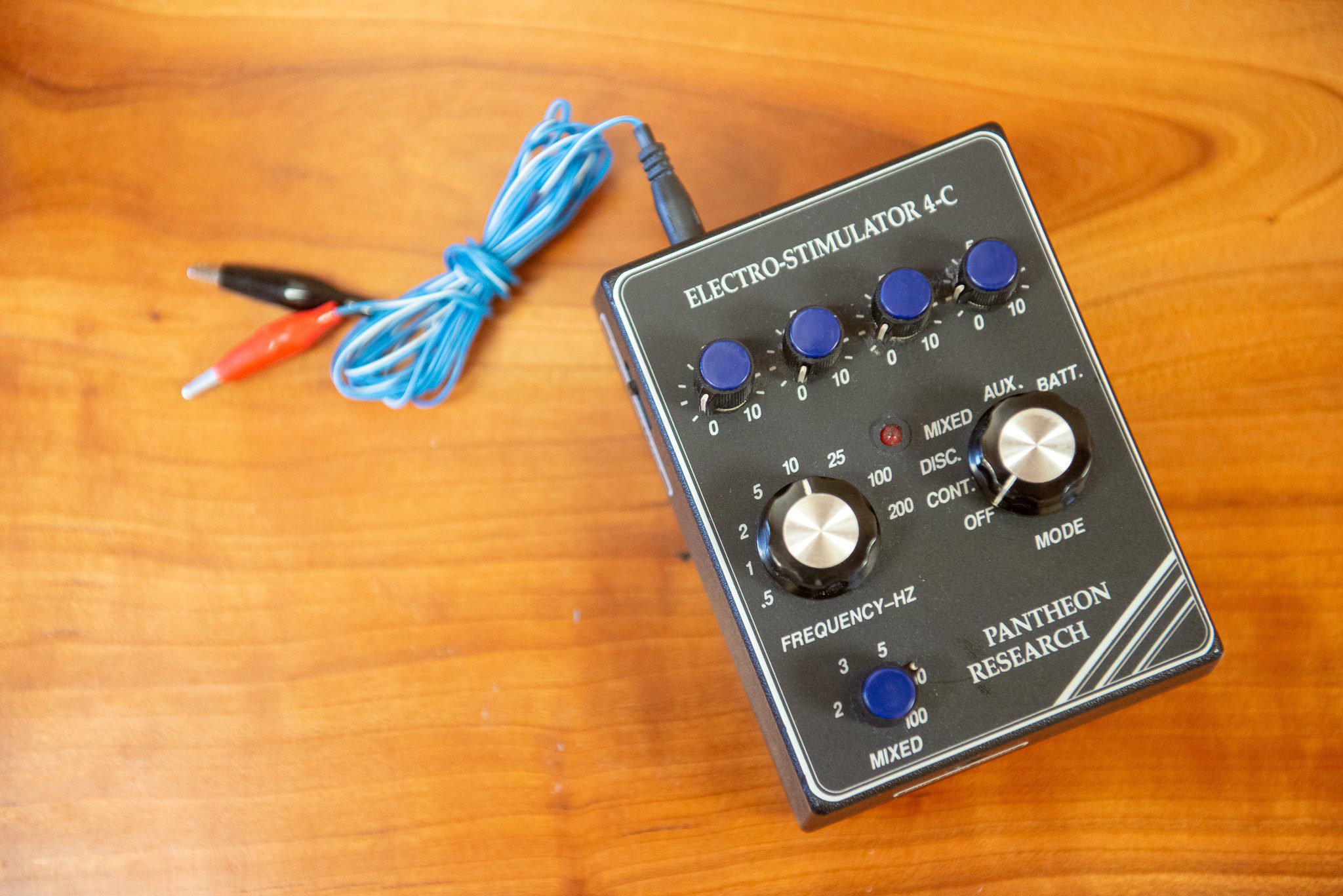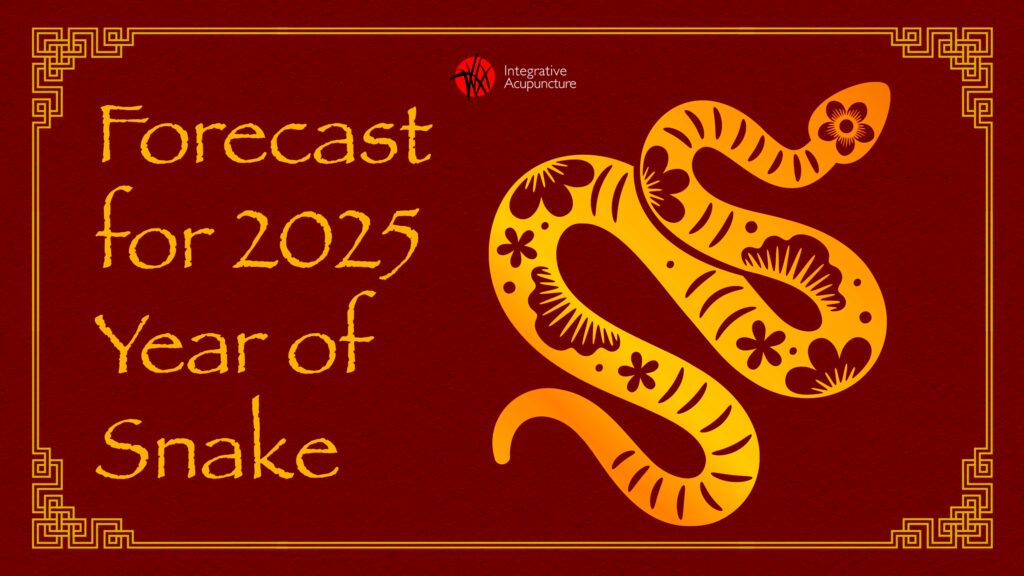A study conducted on rats, by Dr. Longhurst, at the University of California, concluded that raised blood pressure was reduced as much as 50% with the use of electroacupuncture.
The doctors conducting the study artificially inflated blood pressure in rats. Afterwards, acupuncture was applied to specific points on the forelimbs. These specific points were the equivalent to acupuncture points on our forearm.
When acupuncture was used alone, there were no significant changes; however, when a subtle electrical current was passed through the needles, blood pressure went down between 40 – 50%.
According to Dr. Longhurst, “this suggests that (electro) acupuncture can be an excellent complement to other medical treatments (including a healthy diet), especially for those treating the cardiac system.”
How does electro-acupuncture work?
- Activation of the body’s natural opioid systems: Research has found that several types of opioids may be naturally released from your brain into the central nervous system during acupuncture treatment, thereby reducing pain. No medications or drugs are used on the needles.
- Changes in brain chemistry, sensation, and involuntary body functions: Studies have shown that acupuncture may alter brain chemistry by changing the release of neurotransmitters and neurohormones. Acupuncture also has been documented to affect the parts of the central nervous system related to sensation and involuntary body functions, such as immune reactions and processes whereby a person’s blood pressure, blood flow and body temperature are regulated.
- Changes in blood flow: Acupuncture alters the circulation of blood to the affected area, resulting in removal of pain causing chemicals, reducing swelling and restoring normal function to the area being treated.
Tjen-A-Looi, S.C., Li, P., and Longhurst, J., Medullary substrate and differential cardiovascular responses during stimulation of specific acupoints. Department of Internal Medicine, College of Medicine, University of California, APRIL 2004.
Here’s a demonstration of electroacupuncture on the knee:







